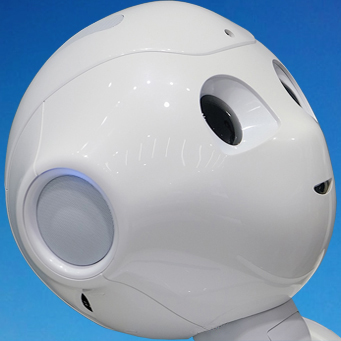
Last year, Amazon announced the next step for its growing robotic workforce. A new system, dubbed Sequioa, linked robots from across a warehouse into a single automated team that the company said significantly increased the efficiency of its operations. The tech giant is now looking to fund a newer, smarter generation of robots.
In an interview with The Financial Times, Amazon’s Franziska Bossart said the company’s billion-dollar industrial innovation fund will accelerate investments in startups combining AI and robotics.
Recent experiments combining generative AI and robots have already begun to yield some interesting results. At its simplest, this has involved giving an existing robot a chatbot interface.
Thanks to an internet’s worth of training data, the robot is now able to recognize nearby objects and understand nuanced commands.
In a Boston Dynamics demo last year, one of the company’s robots became a tour guide thanks to ChatGPT. The bot could assume different personalities and make surprising connections it wasn’t explicitly coded for, like suggesting they consult the IT desk for a question it couldn’t answer.
Generative algorithms might also make their way into the systems controlling a robot’s movement.
Early examples include Dobb-E, a robot that learns tasks from iPhone video data.
Though there’s no official number on how much cash the Amazon fund still has at the ready, a report in The Wall Street Journal last year suggests there’s a good bit of room to run.
Amazon isn’t alone in its efforts to combine AI and robotics.
Of the big tech companies Amazon has the most obvious practical need for robotics in its operations, which may shape its investments and even provide a ready market for new products in its warehouses or delivery vans.
